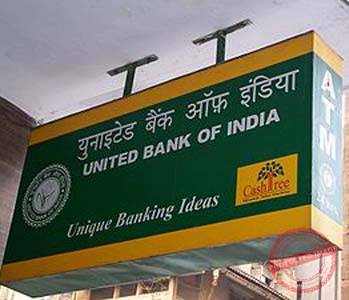United Bank of India is at the top in the list of public sector banks with maximum bad loans including restructured assets as a percentage of total advances.
United Bank of India’s 21.5 per cent assets are either bad or have been restructured to save them from turning non-performing assets (NPAs).
According to the data provided to the Finance Ministry by the RBI the other banks that have significant amount of NPAs and restructured loans are:
- Central Bank of India – 21.30 per cent
- Indian Overseas Bank – 19.40 per cent
- Punjab & Sind Bank – 18.74 per cent
- Punjab National Bank -17.94 per cent
State Bank of Patiala, Allahabad Bank, Oriental Bank of Commerce, UCO Bank and Dena Bank all have more than 15 per cent NPAs and restructured loans.
Non Performing Assets – NPA
An asset becomes non performing when it ceases to generate income for the bank. Once the borrower has failed to make interest or principal payments for 90 days the loan is considered to be a non-performing asset.
NPAs are problematic for financial institutions as they depend on interests for their income.
The rising NPAs have been a major concern for the RBI as well as the government and steps are being taken to deal with it.
Restructured Loan
Restructured loan is new loan that replaces the outstanding balance on an older loan, and is paid over a longer period, usually with a lower installment amount.
These types of loans are commonly rescheduled to accommodate a borrower in financial difficulty and, thus, to avoid a default. Also called rescheduled loan.
There are four kinds of restructuring. The first is restructuring of advances extended to industrial units, restructuring under Corporate Debt Restructuring and restructuring of loans extended to MSME as per RBI guidelines.





